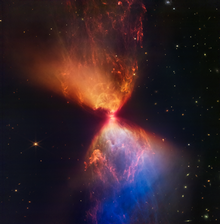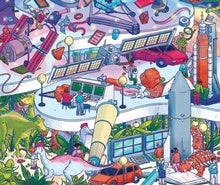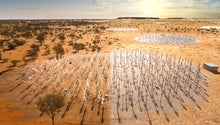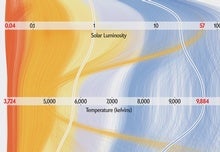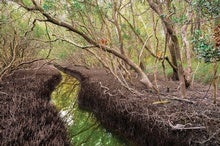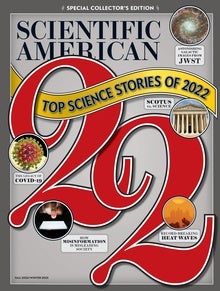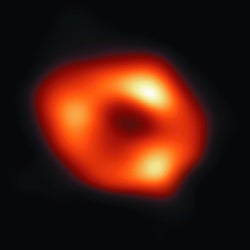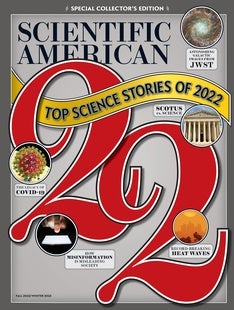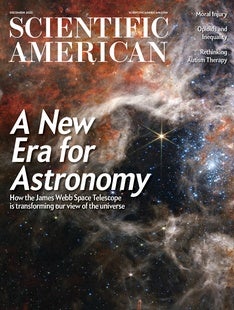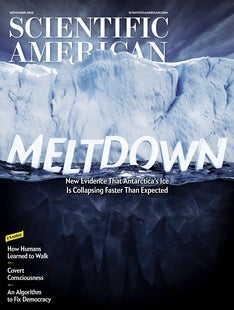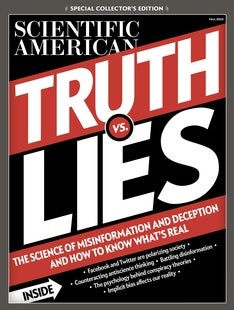 |
| December 08, 2022 |
| |
| |
 |
| Cosmology Astronomers Grapple with JWST's Discovery of Early Galaxies Researchers are convinced the James Webb Space Telescope has glimpsed an unexpected population of galaxies in the early universe. Now they're trying to decide what this means for our understanding of the cosmos By Jonathan O'Callaghan | |
| |
| Space Exploration Keep Looking Up As a dismal year on Earth draws to a close, milestones in space exploration offer much for the whole world to celebrate | | | | |
| |
| |
| |
FROM THE STORE
 | | | |
| |
FROM THE ARCHIVE
 | | | |
LATEST ISSUES
 |
| |
| Questions? Comments?  | |
| Download the Scientific American App |
| |
| |



